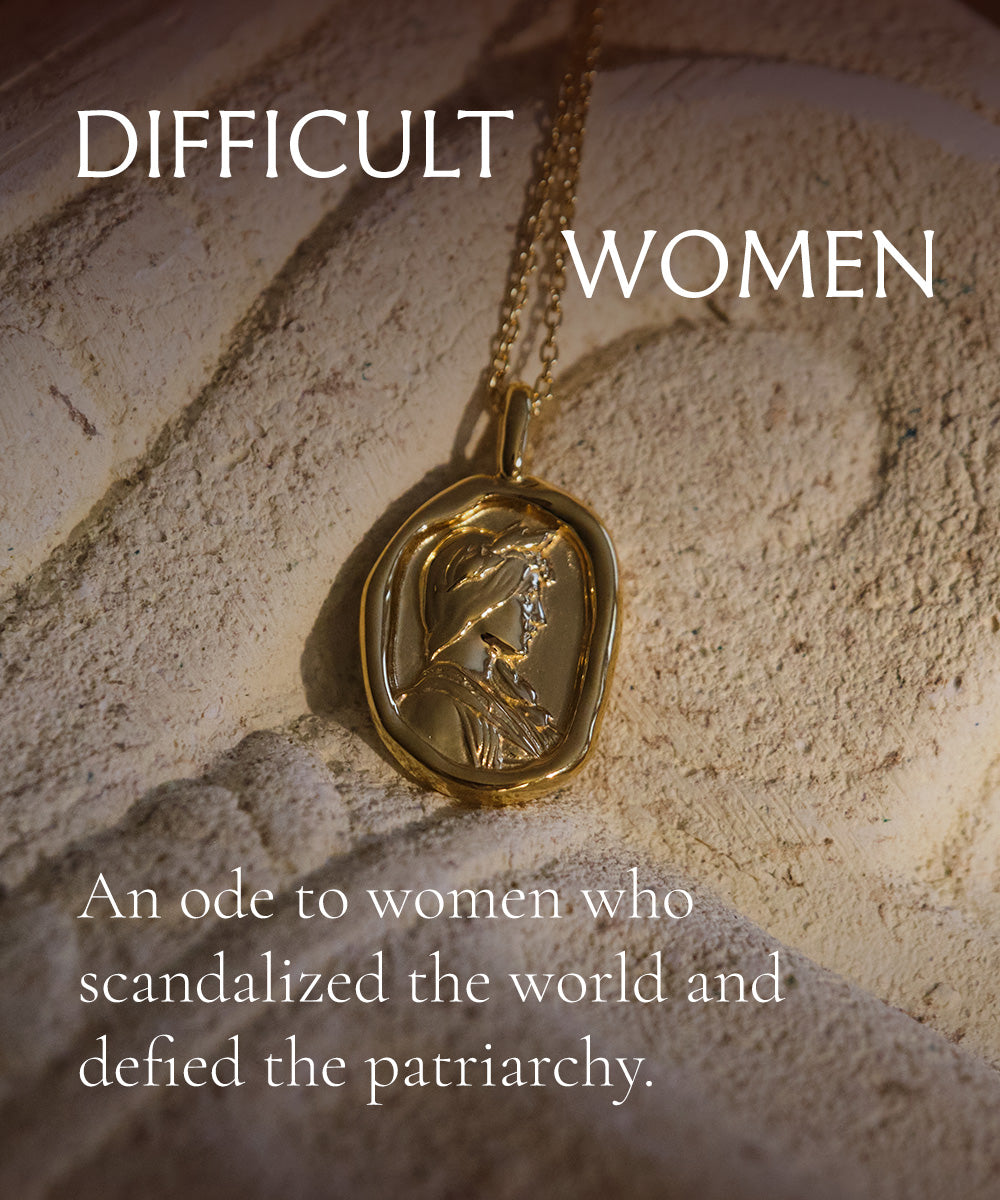When we think of Mykonos, Naxos, Santorini, there’s a particular vision that resonates. Whitewashed stone, vibrant blue domes, square windows and stone streets. Though they’ve become a tourism dream, the colors of Greek islands are chosen for pretty utilitarian reasons. The whitewashing is an easy and cheap way to keep houses cool in the hot, dry summers, and Loulaki powder (a staple cleaning agent common in Greek households) mixed with lime creates that distinctive blue color. These shades have become ubiquitous to tourist cities in Greece.
But it wasn’t always like that. Modern thought of ancient Greece is of white, sunbleached temples and pale marble statues. As much as contemporary culture would like to think so, the ancient Greeks did not have such fine, sophisticated taste in their art and architecture as we might imagine.
Evidence shows that the Greeks painted their stone, stucco, and marble cities with yellows and reds and blues, generally garish colors with little shading or toning, with focus on ornamentation and color as symbols of opulence and wealth. Am I saying the Greeks didn’t know a thing about design? Of course not. Brights are gorgeous in mosaics, frescoes, and tapestries. There’s a lot of life and color in these designs. But time has stripped away the painted stone to leave only elegant white.
The early discoveries were of bare marble, so archeologists and artists of the sixteenth century assumed the ancient aesthetic was much more minimal and refined than it actually was. This helped form the basis on which the Neoclassical art movement grew.
Even after the pigments were discovered, the idea had already been set in that these temples and statues were austere and clean. German archaeologist Vinzenz Brinkmann has spent his career proving that the ancient Greeks used paints on their art and cities, and it’s become a more accepted idea, though not particularly loved by the public or experts.
In one woman’s opinion, the stripping of the paint to reveal an aesthetic that has captured the hearts and minds of millions, centuries of years later, is symbolic proof of the timelessness of Classical and Hellenistic art.









